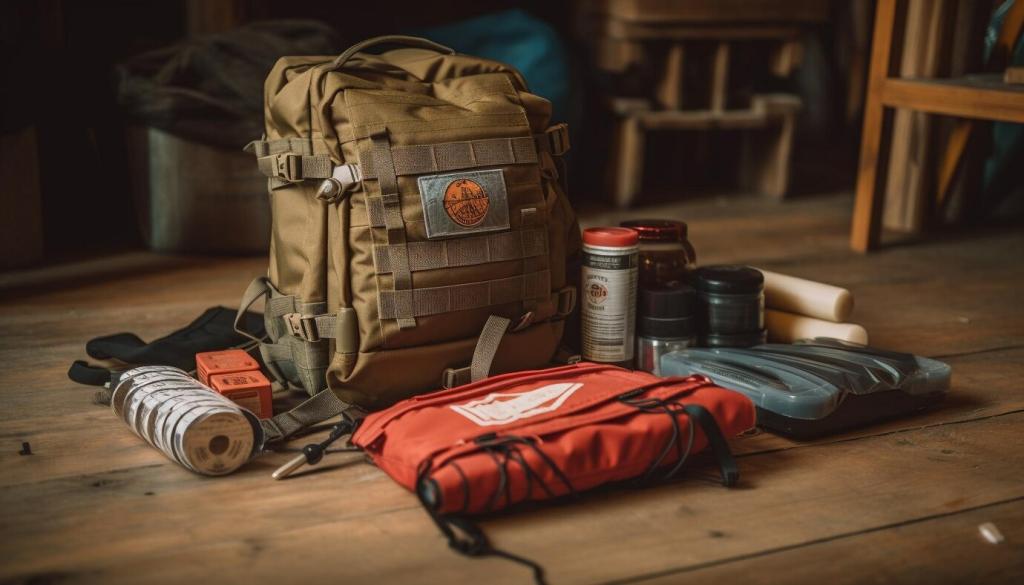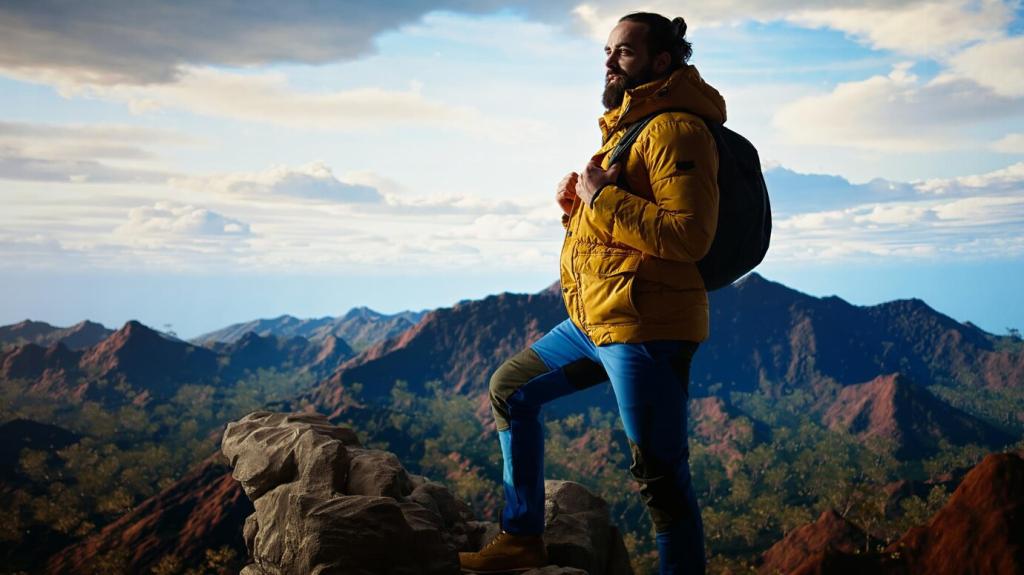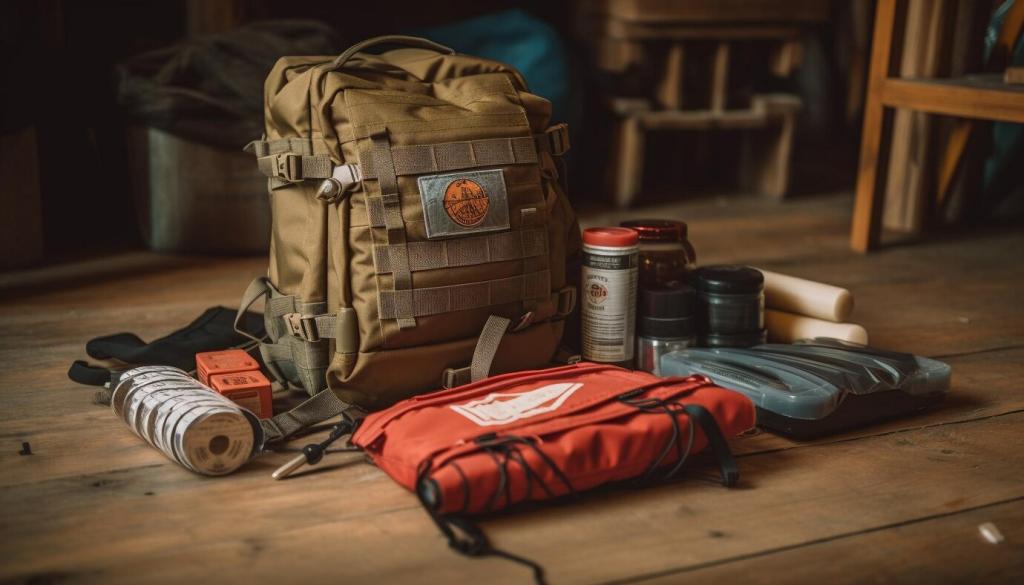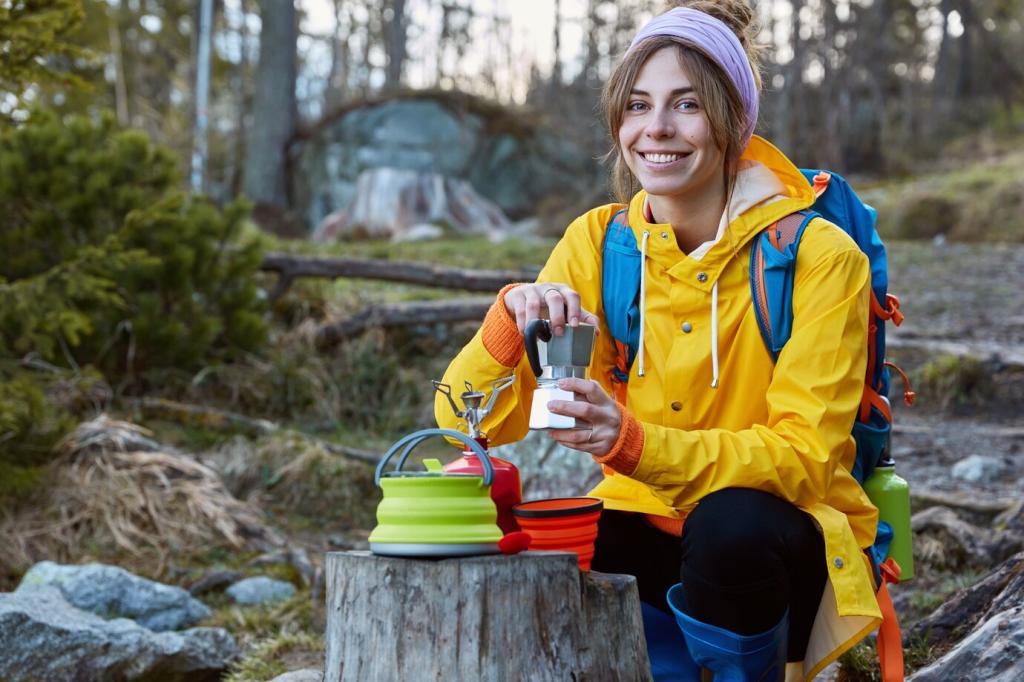Footwear and Traction for Changing Conditions
In spring, waterproof boots defend against slush and boot-sucking mud. Summer favors breathable trail runners that dry fast and keep you light. Autumn stability rises in importance as surfaces get slick. Deep winter requires insulated boots and room for thick socks. Share your favorite model swaps as temperatures swing and trails transform week to week.
Footwear and Traction for Changing Conditions
Microspikes excel on packed ice and shoulder-season crust; crampons bite steep, frozen slopes; snowshoes float on unconsolidated snow. One October, thin ice hid under leaves—microspikes saved a fall. Learn to read surfaces and carry the lightest tool that safely handles the worst expected patch. Comment with your traction dilemmas for tricky mixed conditions.
Footwear and Traction for Changing Conditions
Merino socks manage moisture year-round, while thin liners help prevent blisters on long, hot ascents. In winter, avoid compressing insulation; size footwear to keep toes warm. Pack tape, a needle for drainable blisters, and a tiny vial of tincture of benzoin. Dry socks at lunch when the sun breaks. Tell us your blister prevention rituals.
Footwear and Traction for Changing Conditions
Lorem ipsum dolor sit amet, consectetur adipiscing elit. Ut elit tellus, luctus nec ullamcorper mattis, pulvinar dapibus leo.










